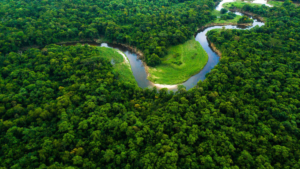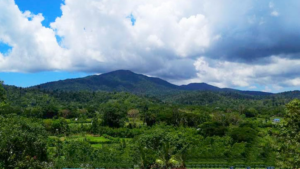Trees come in many shapes and sizes, from towering giants to tiny ones that are hard to notice. Some trees in warm, tropical forests, while others survive in cold, harsh environments. While most people think of trees as tall and strong, some are surprisingly small. These tiny trees have special features that help them live in extreme conditions, making them unique and fascinating parts of nature.
Smallest Tree in the World
The smallest tree in the world is the Dwarf Willow (Salix herbacea). It grows only 1 to 6 cm tall and is found in cold places like the Arctic, Greenland and high mountains. It has tiny green leaves and spreads along the ground. This tree survives harsh weather and can live fir thousands of years.
Where does the Dwarf Willow Found?
The Dwarf Willow is found in very cold places, including the Arctic, Greenland, Canada and northern Europe. It also grows on high mountains in places like the Alps, Pyrenees and Appalachian Mountains. In the Arctic, it grows at sea level, but in warmer areas, it is found at over 1,500 meters (5,000 feet) above sea level. It prefers tundra and rocky lands where other trees cannot grow.
How Small is the Dwarf Willow?
This tree is only 1 to 6 cm (0.4 to 2.4 inches) tall. Its branches spread sideways instead of growing upwards. The branches grow close to the ground, forming small mats.
What does the Dwarf Willow Look Like?
- Leaves: Small, round, shiny green on top and pale underneath. They are 0.3 to 2 cm long.
- Branches: Thin, reddish-brown, and spread underground.
- Flowers: It has male and female flowers on different trees. Male flowers are yellow and female flowers are red when ripe.
How Does the Dwarf Willow Survive?
- It grows close to the ground to stay safe from strong winds.
- Its roots spread widely to absorb nutrients in poor soil.
- In extreme cold, it can clone itself, meaning it grows new trees from the same root system. Some trees in Italy are over 2,000 years old.









 Top-10 Largest Mangrove Forests in the W...
Top-10 Largest Mangrove Forests in the W...
 Which is the Largest Hing Producing Stat...
Which is the Largest Hing Producing Stat...
 In Which State/ Union Territory is Saddl...
In Which State/ Union Territory is Saddl...

